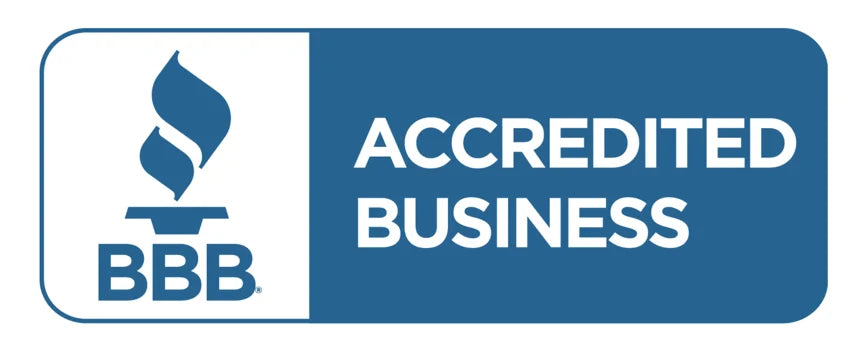Introduction: Finding the Perfect Fit for Your Ears
Choosing the right hearing aid is more than a technical decision - it is a personal decision. Whether you're searching for some prudent, powerful, or custom-molded, it is important to make a smart option to understand the difference between hearing aid types. Within this guide, we will explore all the major hearing aid styles, including Behind-Ears Hearing Aids (BTE), In The Ear hearing AIDS (ITE), In-canal hearing aids (ITC), Completely Canal Hearing Aids (CIC), Receiver-In-Canal hearings Aids (RIC), Open-Fit Hearing Aids, Open-Fit Hearing Aids, and Custom Hearing Aids. Each offers unique benefits, depending on your lifestyle, hearing needs, and cosmetic preferences.
The Diversity of Hearing Aid Styles Today
Since hearing loss has become more common in age groups, manufacturers are upgraded, smooth, and various designs to meet the needs of specific users. From the ultra-decreet canal model to high-strength back-to-back styles, there is an option for all.
Technology still allows the smallest model to offer noise, Bluetooth connectivity, rechargeable battery, and feedback suppression - so that you will not have to renounce functionality for rest.
Behind-the-Ear (BTE) Hearing Aids: Reliable & Powerful
BTE Hearing Aids is one of the most durable and versatile models available. They sit comfortably behind the ear with a clear tube or wire, connecting the custom or standard earpiece. These are the ideals:
- For intensive hearing loss
- Long battery life
- Those users who want strong manual control
- Easy maintenance and cleaning
They also have large covers, which makes them easy to handle for individuals with challenges of dexterity.
In-the-Ear (ITE) Hearing Aids: Custom Comfort for Everyday Use

ITE Hearing Aids are custom-molds to fit the outer of your ear. Adjusting additional features such as directional microphones and volume control wheels allows their size for a comfortable fit. Great for:
- Medium to severe hearing loss
- For users who want easy handling
- Who prefers a little prudent but full-focused device
ITE styles fill more of the outer ear, causing them to be visible but user-friendly and stable during wearing.
In-the-Canal (ITC) Hearing Aids: Compact & Comfortable
The ITC models are smaller than ITE and partially designed to sit in the ear canal. They provide a balance between microscopic appearance and functionality. Their benefits include:
- Increased cosmetic appeal
- Easy use of phone and headphones
- Medium hearing loss suitability
However, due to their small size, they may not be ideal for those who struggle with handling small components.
Completely-in-Canal (CIC) Hearing Aids: Nearly Invisible, All-Day Clarity
The CIC Hearing Aids sit completely inside your ear canal, one of the most available options for them. These are custom molds for a snug, low-profile fit. Benefits include:
- Minimum air noise
- Natural sound experience due to ear appointment
They are the best for individuals with light to moderate hearing loss and wisdom.
Receiver-in-Canal (RIC) Hearing Aids: The Modern Hybrid
RIC Hearing Aids is similar to the BTE model, but the receiver (speaker) device sits in the year canal instead of the body. This separation improves sound quality and reduces the reaction. They offer:
- Light, comfortable design
- Suitable for mild to severe hearing loss
- Options for Bluetooth, Rechargeability, and TeleCoil
RICs are the most popular due to their performance and prudent profile.
Open-Fit Hearing Aids: Lightweight and Barely There
Open-fit hearing Aids is a variation of BTE that uses thin tubing and small earpieces to leave the ear canal partially open. This design prevents the spirit of a "plugged ear" and is ideal for it:
- Light to moderate high-frequency hearing loss
- First time user
- Sensitive people (ear blockage)
They mix comfort and clarity, especially in a quiet environment.
Custom Hearing Aids: Tailored Just for You

Custom Hearing Aids is molded to match the exact shape and size of your ears. You can get the custom version of ITC, ITE, CIC, and even invisible-in-canal (IIC) styles. Major allowances include:
- Better fit and stability
- Personal color option
- Available in models with advanced technical features
These are great for users who prefer both form and function.
Matching Hearing Aids to Your Lifestyle
Choosing the right hearing aid is not just about what fits - what it fits for you. Here is described how to align your hearing aid style with your routine:
For Active People:
Go for RIC or BTE models with moisture resistance.
For Prudent Use:
CIC or IIC devices are the best.
For Frequent Technical Users:
Choose Bluetooth-enabled or ITE models.
For Challenges of Mastery:
BTE and ITE models with large batteries and buttons are the easiest.
For Children:
BTE is recommended for its safety, strength, and easy servicing.
Final Considerations When Choosing a Style
While selecting a hearing aid, consider:
- Your hearing loss level
- Relaxation and fit
- Visibility and design
- Characteristics like Bluetooth or rechargeability
- Battery life
- Maintenance ease
- Price and insurance coverage
Consultation with an audiologist may help you evaluate these factors impartially.
Why Choose [BUY HEARING AID] for Expert Guidance
[Buy hearing aid], we simplify the journey for better hearing. Whether you are searching for behind-the-ear, in-the-ear, or custom hearing aids, our experts provide personal recommendations to match your hearing profiles, style preferences, and budget. With our curated selections and support from licensed professionals from top brands, you will enjoy an assured, informed shopping experience. A guess from hearing aid selection - find your best options on [BUY HEARING AID] today.
Conclusion
Understanding the diversity of hearing aid types and styles gives you the right to make an informed decision that enhances the quality of your life. From BTEs to CICs, from open-fit to custom solutions, there is a perfect fit for every lifestyle.










